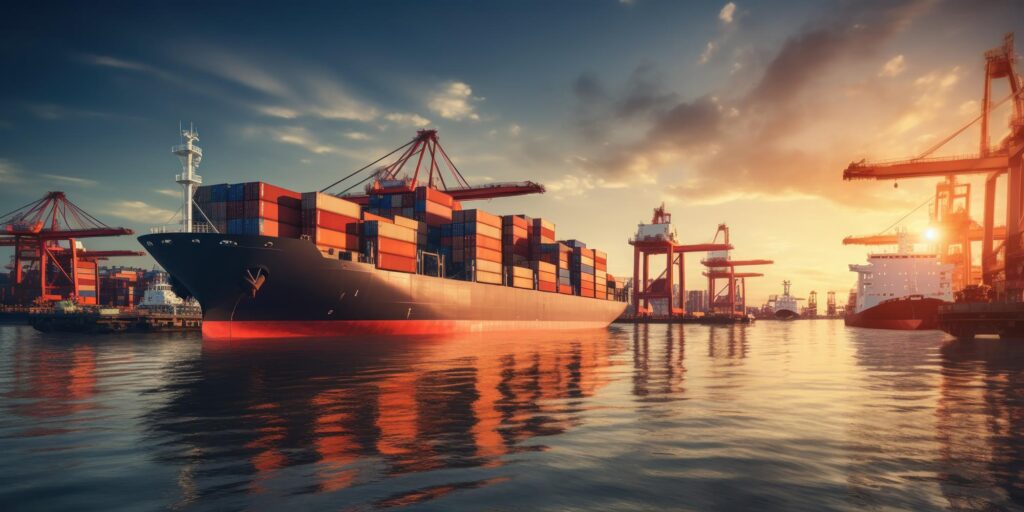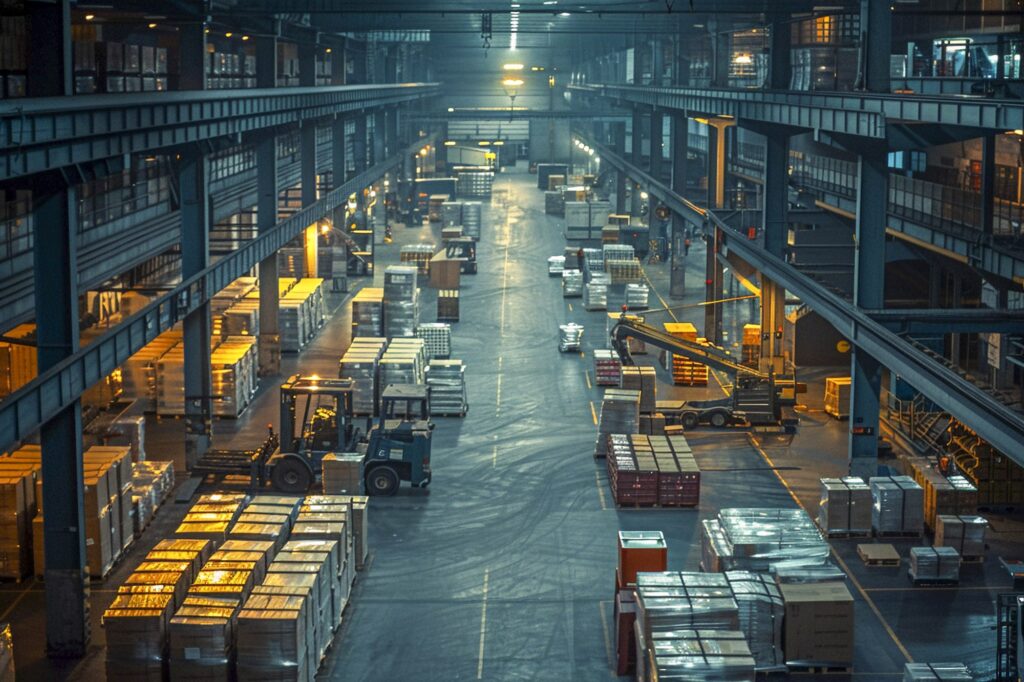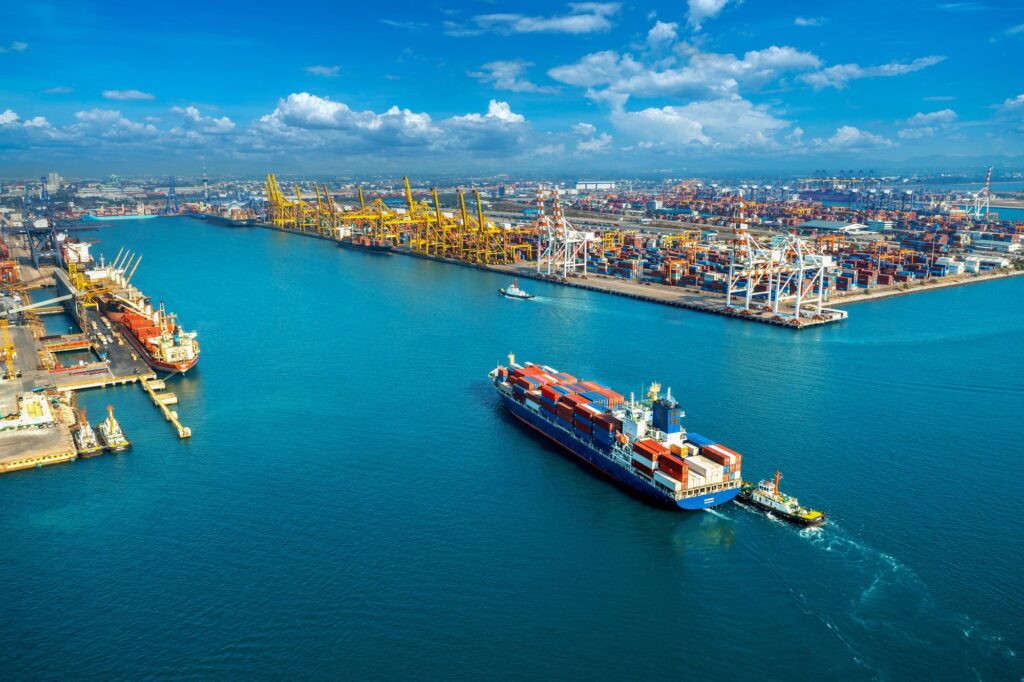New Shipping Regulations in 2025
2025 will see a dramatic change in the global shipping sector as new rules take effect that will affect freight carriers, shipping lines, and logistics suppliers everywhere. These modifications aim to modernize the industry, increase sustainability, and improve safety in order to satisfy the demands of a quickly changing global trading environment. An outline of the main rules and their implications for the shipping sector may be found here.
1. Stricter Emission Standards
One of the most notable regulations introduced in 2025 is the tightening of emission standards by the International Maritime Organization (IMO). The new rules aim to reduce greenhouse gas (GHG) emissions from ships by setting stricter limits on carbon dioxide (CO2), sulfur oxide (SOx), and nitrogen oxide (NOx) emissions. Shipping companies are expected to adopt cleaner fuels, invest in energy-efficient technologies, and implement operational measures such as slow steaming to comply with these requirements.
.

2. Expansion of the Emission Control Areas (ECAs)
The geographical scope of Emission Control Areas (ECAs) has been expanded to cover more regions, particularly in highly trafficked shipping routes. This means that ships operating in these areas must use lower-sulfur fuels or alternative energy sources, such as LNG (liquefied natural gas) or hybrid power systems, to minimize environmental impact.
3. Enhanced Digitalization and E-Documentation
The 2025 regulations emphasize the digitalization of shipping operations to increase efficiency and reduce paperwork. E-documentation, including electronic bills of lading (eBLs) and automated customs clearance, will become mandatory in many jurisdictions, streamlining international trade and reducing administrative burdens.
4. New Crew Training and Safety Protocols
With advancements in shipping technology, there is a greater focus on crew training and safety measures. Updated requirements mandate comprehensive training on cyber risk management, automation systems, and emergency response protocols. Shipping companies must ensure their personnel are equipped with the necessary skills to handle modern vessel operations.
5. Carbon Pricing and Green Shipping Incentives
Several regions are introducing carbon pricing mechanisms, requiring shipping companies to pay for their carbon emissions. Simultaneously, incentives are being introduced for those investing in eco-friendly ships, such as reduced port fees, tax benefits, and access to green financing options. These measures encourage the adoption of sustainable shipping practices.
How Will These Changes Affect the Industry?
Increased Compliance Costs: Companies will need to invest in cleaner technologies, alternative fuels, and crew training to meet new standards.
Operational Adjustments: Shipping lines may need to optimize routes, adjust fuel usage, and implement digital solutions for efficiency.
Greater Sustainability: While challenging in the short term, these regulations will contribute to a greener, more sustainable shipping industry in the long run.

As 2025 unfolds, staying informed and proactive about these regulatory changes will be essential for shipping companies and stakeholders. By embracing innovation and sustainability, the industry can navigate these changes effectively and continue to thrive in an evolving global landscape.
Contact
New Delhi
Varanasi
![]() +91 9140648629
+91 9140648629
![]() info.shipyatra@gmail.com
info.shipyatra@gmail.com

